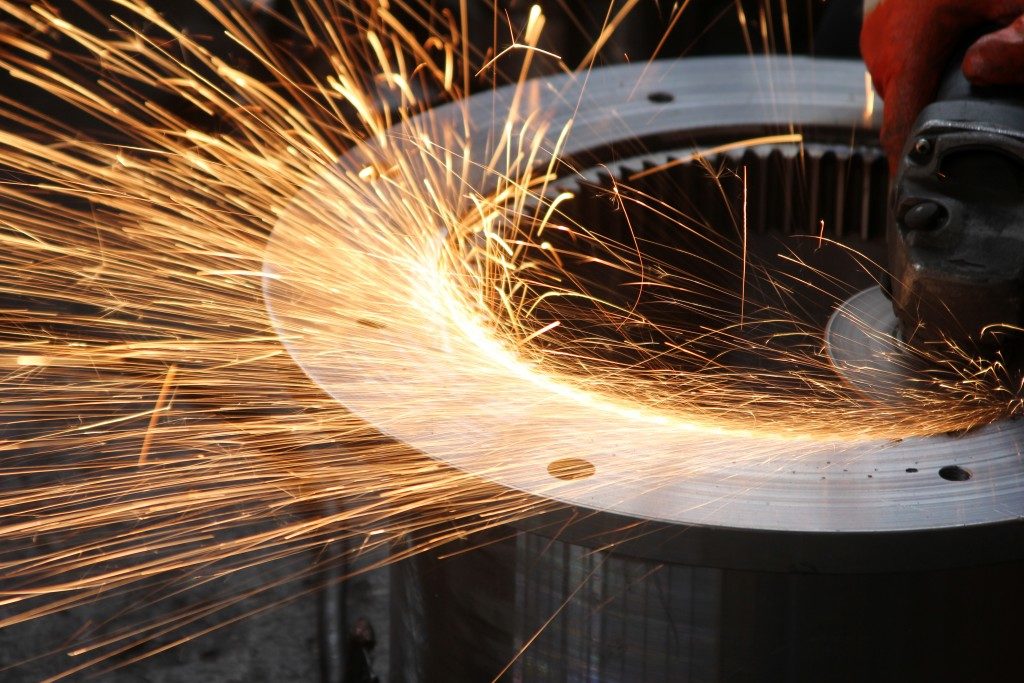In construction and manufacturing industries, welding has produced many usable materials and objects that we take for granted every day. Metalwork makes it possible for us to have sturdy buildings and modes of transportation that helps us go places.
Joining metals together
Welding involves the forming of metals into various shapes by piecing them together. The junction or connection points are welded together by different metal wires that are fed to a welder to form a bond. Welding is a type of metalwork used in many industries, like in manufacturing cars, aeroplanes, boats, and ships. It is also applied in creating structural pieces for construction, such as beams, foundation posts, and roof frames.
The metals used in welding are primarily alloy, which makes it easier to work with and be combined. Alloy metals are a mixture of metals to make them stronger and hard-wearing. Ordinary steel, for example, is composed of iron and carbon. Metal alloys like stainless steel and aluminium are also used for a variety and applications — mostly to produce non-corroding structure or objects.
Welding these metals require different methods and metal wires to ensure a strong bond. In aluminum welding, for example, it uses an aluminum MIG wire or metal inert gas welding method that uses argon as a shielding gas. It also needs an aluminium welding wire to bond together sheets or pieces. There are different types of welding, aside from MIG that is used for a variety of metal thickness and grades.
Types of welding

- Arc welding
The arc is the electricity that is produced to melt electrodes to make bonds through an AC or DC power supply. It generates an intense heat measuring around 3593 degrees Celsius that melts the consumable electrode to create the weld pool that bonds the metals together. Arc welding is the most inexpensive welding solution commonly used in some industries. Arc welding has subtypes such as tungsten inert gas (TIG) and metal inert gas (MIG). These subtypes use gases to shield the weld pool preventing it from quickly oxidising.
- Energy welding
This method is used in the manufacturing industry because it can be automated to make production faster. It is also known as laser or electron beam welding which uses a highly focused laser o electron beam to create heat to fuse metals.
- Resistance welding
Resistance or spot welding is the use of electrical currents to join pieces of metal. It heats a spot or a small area in the metal to its melting point to create a seal. Spot welding has limited application as it can only be used to join overlapping pieces of metal.
- Forge welding
A forge welding is the oldest form of welding used by blacksmiths. The joint is made through heating pieces of low carbon steel to around 982 degree Celsius and hammering it together. This method of welding is rarely used because it takes a long time to weld pieces of metal which is impractical.
Welding has different methods for joining metals together that are helpful for many industries. We must be mindful that welding helped create the buildings and the modes of transportation that we use every day. Our lives will not be as convenient without welding.

